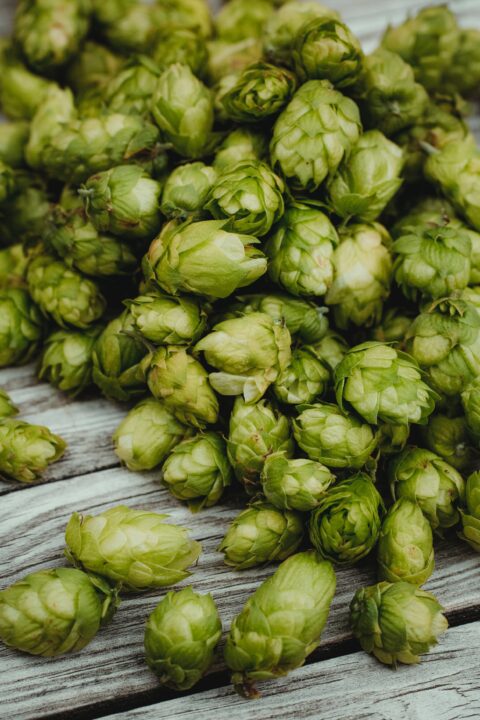Take Caution When Dealing With Yellowstriped Armyworms
Crops Affected
Yellowstriped armyworms are generalists, damaging many vegetable crops including bean, cabbage, cantaloupe, corn, cucumber, lettuce, potato, tomato, and watermelon as well as a variety of fruits and agronomic crops.

Photo by Russ Ottens
Identification
The yellowstriped armyworm, while not as common in South Florida as its cousins the southern armyworm and beet armyworm, is a common pest in the eastern U.S. and is often found attacking crops in Florida. It also is reported from the southwestern states and ranges into Mexico, Central and South America, and the Caribbean.
The larvae damage plants principally by the consumption of foliage. Small larvae tend to skeletonize foliage. As the larvae grow and disperse, they consume large amounts of foliage or entire leaves. They also will feed on the fruits of tomato and other crops.
Females typically deposit clusters of 200 to 500 eggs on the underside of leaves. The egg masses are covered with scales from the body of the adults.
The larvae are initially gregarious, but disperse as they mature, sometimes spinning strands of silk upon which they are blown by the wind. There usually are six instars. Coloration is variable, but mature larvae typically display a brownish band dorsally, with a faint white line at the center. More pronounced are black triangular markings along each side, with a distinct yellow or white line below. A dark line runs laterally through the area of the spiracles, and below this is a pink or orange band. The head is brown with extensive blackish markings.
The dark triangular-shaped spots aid in distinguishing the yellowstriped armyworm from the sweetpotato armyworm (Spodoptera dolichos) and velvet armyworm (Spodoptera latifascia). Duration of the larval stage is 14 to 20 days.
Adult moths are brownish gray with a complicated pattern of light and dark markings.
Survival And Spread
In Florida, there are three to four generations annually, with broods of adults present in March to May, May to June, July to August, and August to November. Some of the latter generation overwinter as pupae rather than emerging as adults. Yellowstriped armyworm are most numerous in the fall in South Florida. However, eggs, larvae, and adults cannot withstand cold weather and numbers decline as temperatures drop. Development time, from egg to adult, is about 40 days.
Larvae pupate in a cell constructed in the soil. Duration of the pupal stage is normally 12 to 18 days.
Management Methods
Scouting to detect infestation early is important in avoiding crop damage. Insecticides are applied to foliage to prevent injury by larvae. Organic growers can use the microbial insecticide Bacillus thuringiensis to control armyworms. For conventional growers, there are many excellent options available. Insecticides should be applied when the larvae are young to reduce crop damage and the larvae become more difficult to control as they mature.
A number of beneficial insects attack armyworm larva and may aid in control. Consult UF/IFAS recommendations for currently labeled insecticides for armyworm control in Florida vegetables.










